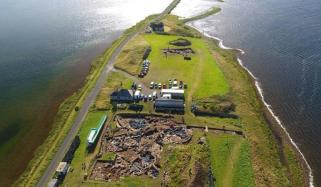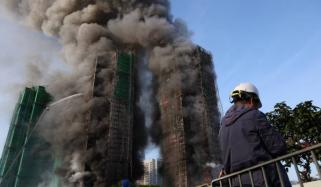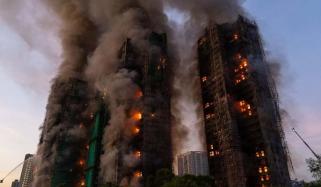
Hong Kong witnessed its worst fire on Wednesday when high-rise residential towers burnt, killing over 100 people.
On Friday, November 28, the death toll from the blaze, which tore apart seven of the eight apartment buildings in Wang Fuk Court, reached 128, while a significant number remained missing.
Over 700 firefighters were deployed for the rescue mission and to bring the fire under control, while Hongkongers expressed their anger and frustration over the causes of the fire.
At a press conference on Thursday, Hong Kong's leader, John Lee, announced a HK$300 million fund to help residents and shared that the city will replace bamboo scaffolding with metal alternatives.
However, some residents believe that the focus is being shifted to bamboo as a potential accelerant of the fire, when the actual cause of the fire remains unknown.
Authorities also revealed that fire alarms in all eight blocks were not working effectively, and several residents have shared that their alarms did not sound when the fire broke out.
The fire also highlighted the issue of affordable housing in Hong Kong, where high property prices mean that people are forced to live in tightly packed high-rise apartments that can be death traps in a disaster.
While the cause of the fire has not been identified, Security Chief Tang Ping-Keung said Styrofoam outside windows could have played a key part in the fire's rapid spread.
Bamboo scaffolding is treasured as an important part of the local heritage and is something that distinguishes Hong Kong from mainland China, where steel scaffolds are widely used in construction.
As reported by The Guardian, residents of Wang Fuk Court had complained for months about the construction company's dishonest behaviour.
On Thursday, police in Hong Kong arrested three people connected with the building maintenance company responsible for the estate on suspicion of manslaughter.
Hong Kong's corruption watchdog also said it would launch a criminal investigation into the renovation works.












